

The Seattle Art Museum’s collection of indigo textiles includes many examples from Japan. From the dark flames of a hikeshi banten (fireman’s coat), to the deep rich hues of futonji (bedding covers), blue is used as an evocation of natural settings in Japan. Cloth is able to convey the different times of day seen in blue skies and the various depths of water. Often images of animals appear, such as rabbits on a child’s kimono, or carps swimming through the water on coverlets.

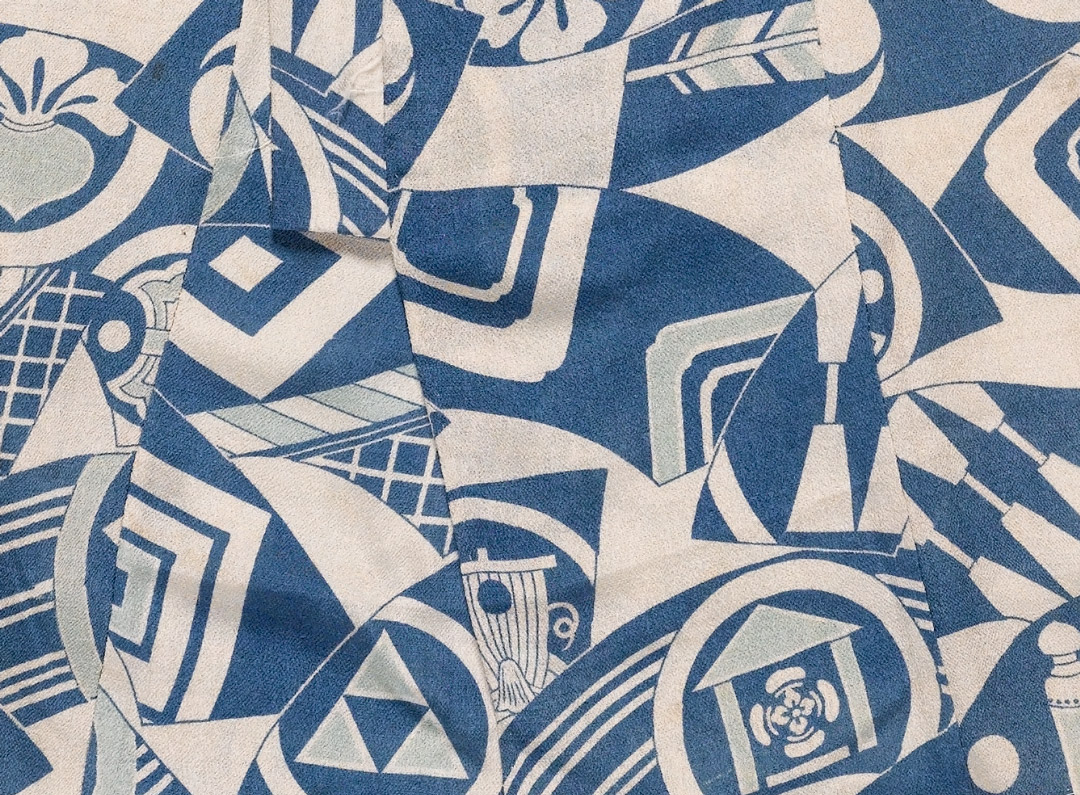
Japanese garments showcase the potential of indigo dye to be deep and contemplative or light and soothing, expressing a range of moods, designs, and seasons. Polygonum tinctorium, often called “Japanese indigo,” naturally grows in Japan and is favored for both its dye intensity and fade resistance. It was once believed that indigo-dyed textiles were able to purify contaminated water as well as repel insects, leeches, and vipers. The garments tailored and patterned with aizome on view in our galleries suit different professions and needs.
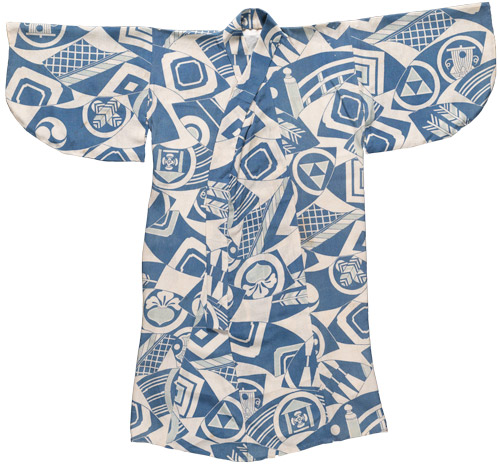
Children’s kimono tend to be bright and bold, and were often worn on auspicious days of celebration such as New Year’s Day (Shogatsu), Girl’s Day (Hinamatsuri), Boy’s Day (Tango no Sekku), the Children’s Festival (Kodomo no Hi), and the Festival of the Weaver (Tanabata Matsuri).
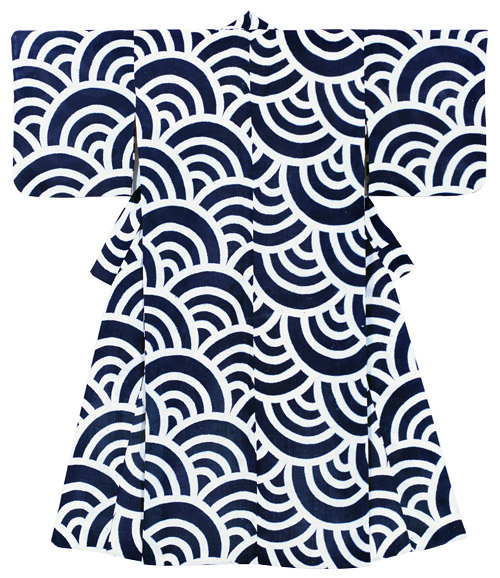
Summer kimono are often made of light material and feature designs that speak to summer—looking for the footprints of birds on the beach, or watching waves.
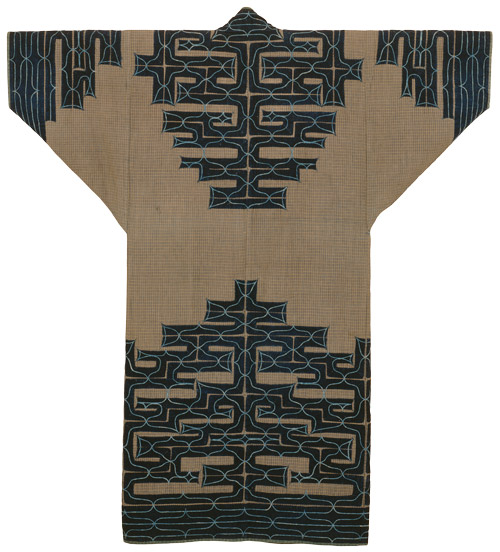
Ainu robes are distinctive, set apart as they are in their home on Hokkaido Island. They favor natural bark and deep blue bands that are embroidered with sharp pivoting points.
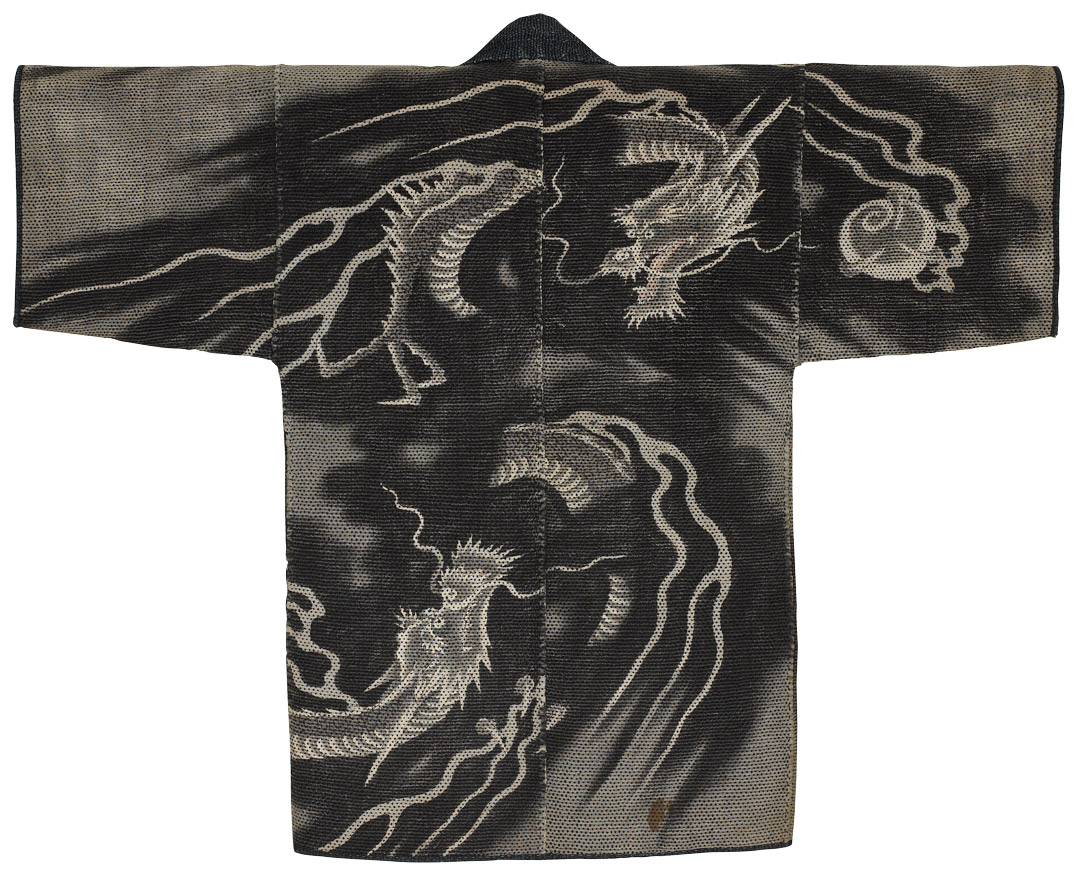
Japanese firemen’s coats are two-sided, often featuring a dark exterior and brighter interior, all encased in stitched quilting.